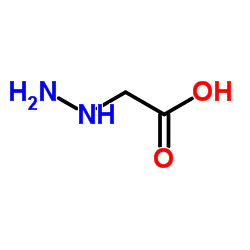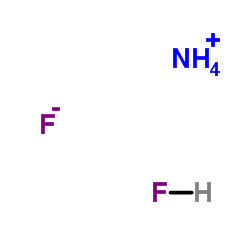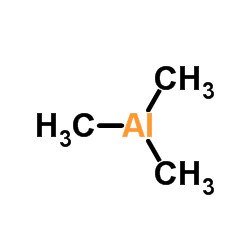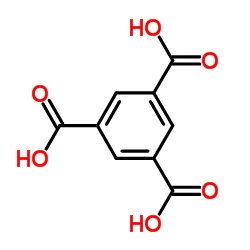| 结构式 | 名称/CAS号 | 全部文献 |
|---|---|---|
 |
1-硫代癸烷
CAS:143-10-2 |
|
 |
氟化氢铵
CAS:1341-49-7 |
|
 |
三甲基铝
CAS:75-24-1 |
|
 |
N,N'-双(丙稀酰)胱胺
CAS:60984-57-8 |
|
 |
均苯三甲酸
CAS:554-95-0 |